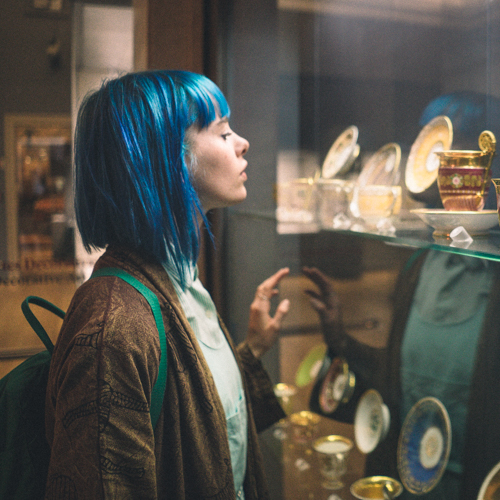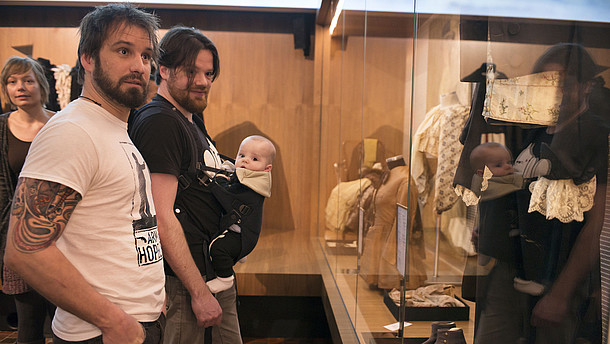Right now NEMO is part of organising the Connected Audience Conference in Berlin, Germany, as a cooperation partner. The role of emotions in museums and the cultural experience is discussed from 4-6 April and the topic of experience design in museums becomes an interesting online addition.
There has always been an exchange between the marketing world and the art sector. For instance, the marketing world has recently experienced an upswing of different kinds of pop-up museums and the museum sector has started to develop experience based exhibitions.
Diane Jean-Mary, associate director of strategy and innovation at marketing firm LaPlaca Cohen, suggests that museums’ interest in creating experiences, inducing emotions, could be linked to the noted rise of digitization in people’s everyday lives, which makes people “hungry for in-person, physical, human connection with each other and our shared world.”
In Keywords for Today: A 21st Century Vocabulary, published by the Oxford University Press, it is stated that experiences have replaced services, which replaced goods, as the most important element in advanced economies. One could say though that by jumping on the experience train, museums are going back to in a sense are re-inspired by the immersive, three-dimensional aesthetic experience of the 1960s.
By offering an experience, museums are able to tighten their connections to their audience and fully attract the attention of today’s audience. However, the museum sector should vary from adopting too many of the marketing sector’s principles in order to not make the two too alike. Museums also need to keep the purley art-interested audience in mind, who does not necessarily want too many distractions from the art on display. Balance becomes key.
It takes more than just art to make a museum visit a compelling experience, museum consultant Adrian Ellis explains. To offer visitors a new way to engage with art through technology is another way to play into the experience trend. Again, one has to be careful to not overuse technology in order to not refocus the visitors attention from the art to the technology only. As Hans Ulrich Obris, director of the The Serpentine Gallery, puts it; the key is moderation.
Cliff Lauson also notes that “the main consideration for museums and galleries is at what point these creative and sometimes immersive experiences become too predominant, overtaking the artwork that underpins the experience in the first place.”
Read the full article here.




